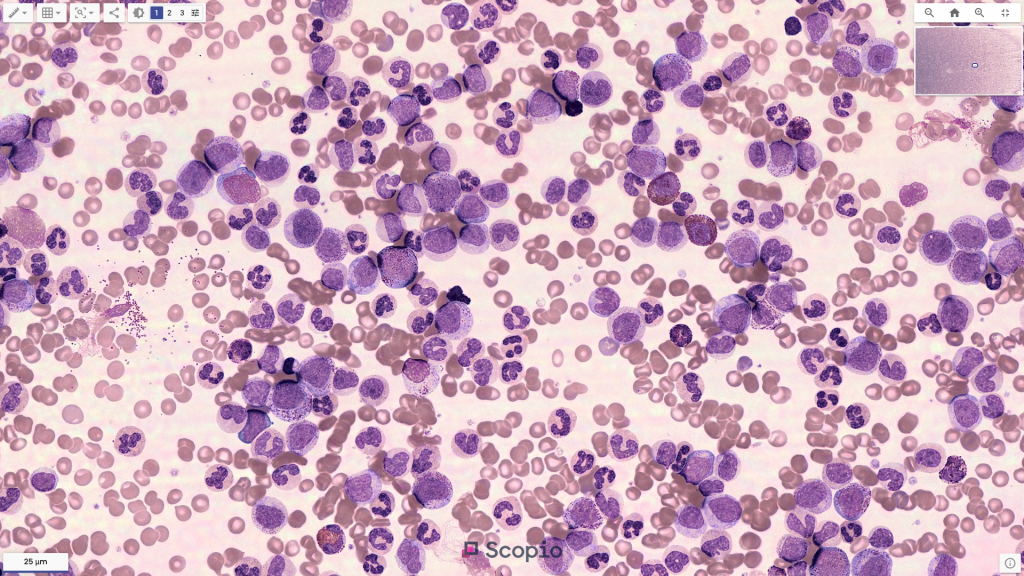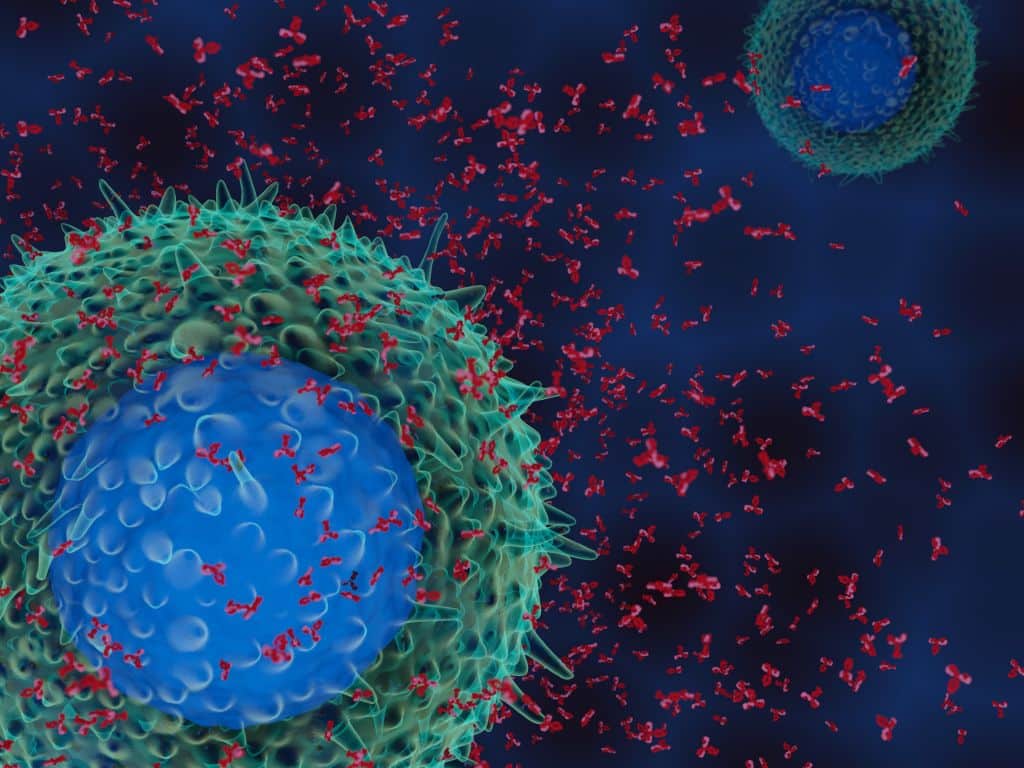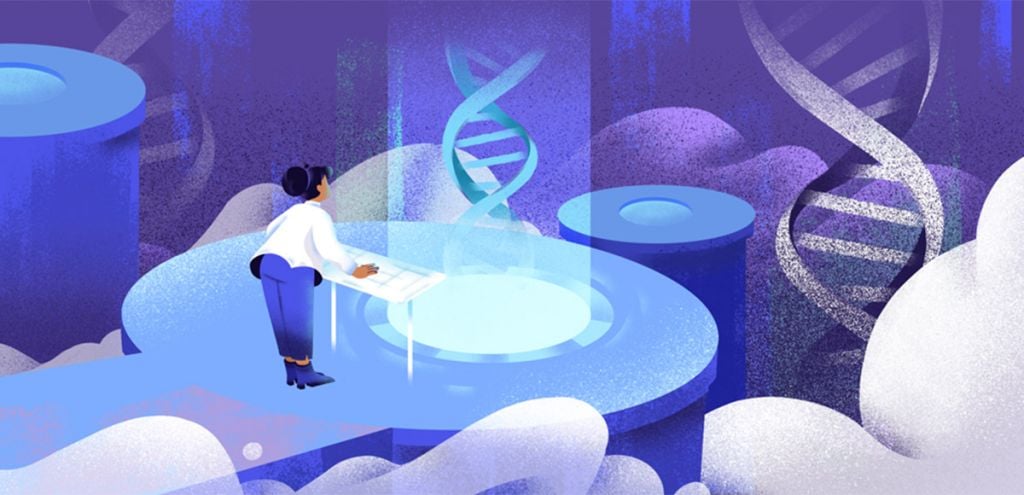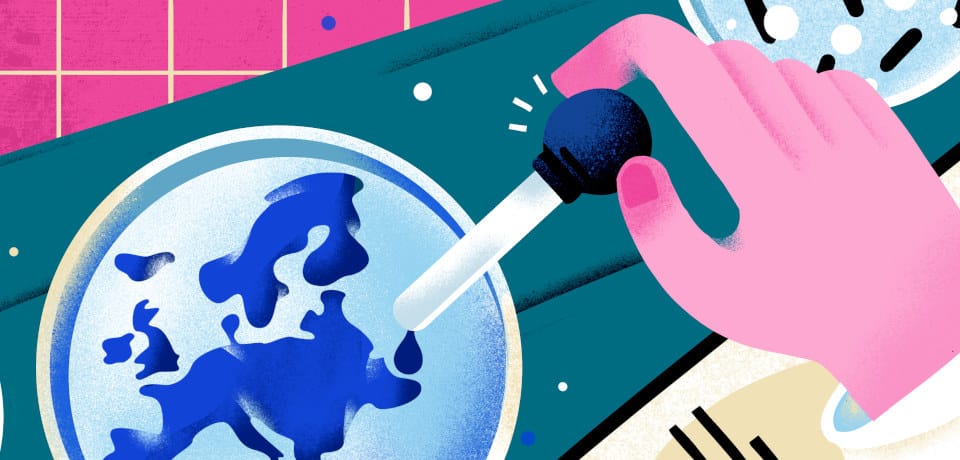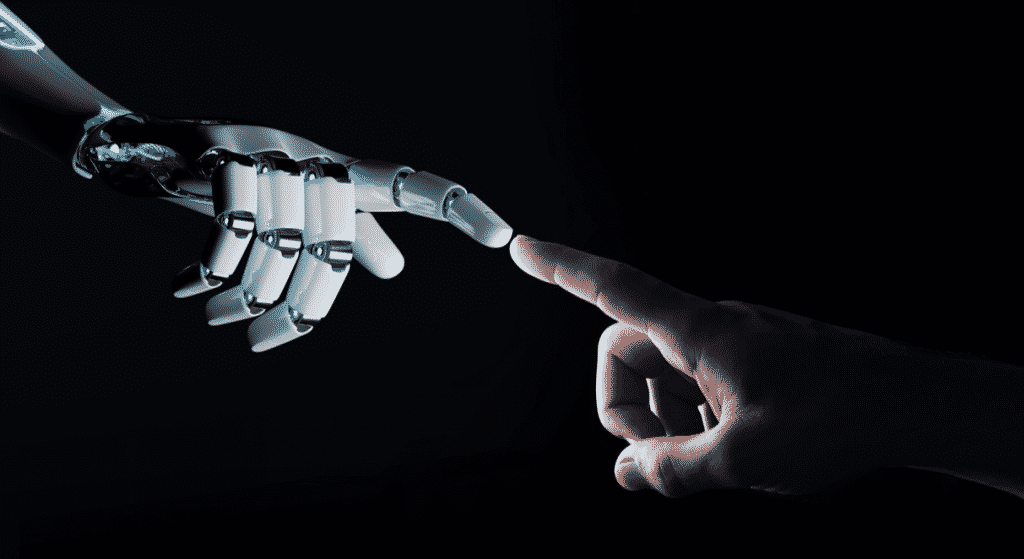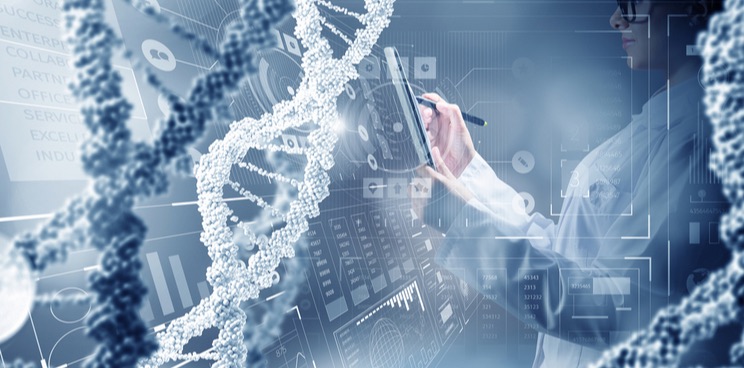Interview 26 Jan 2023
Scopio on the future of telehematology
Through full-field digital cell morphology, Scopio Labs’ technology can automate the analysis of tens of thousands of cells at a time. This could mean bringing earlier detection and diagnosis of cancers, infections, and other diseases, expediting patients’ access to better care and life-saving treatments. Erez Na’aman, co-founder and CTO of Scopio Labs, tells us about […]
